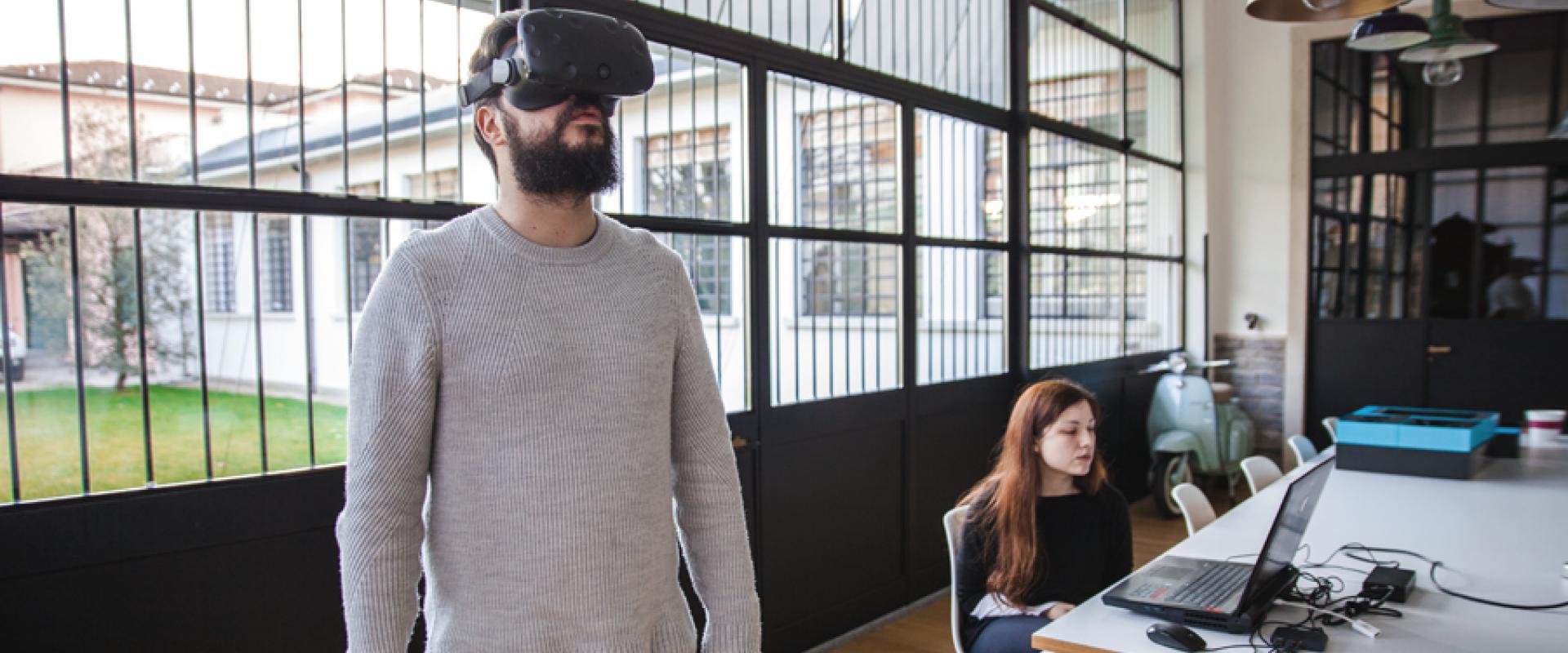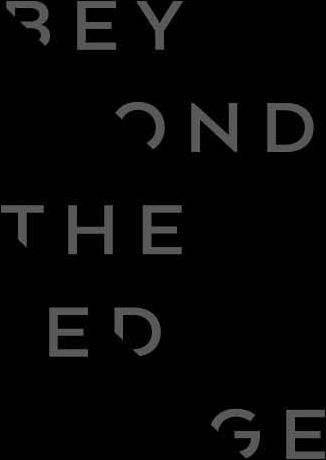After the Internet, virtual reality and augmented reality are the technologies that will revolutionize our everyday and professional life. Although they are now more widespread in the videogame sector, Studio Volpi has by far exploited their potential in the design field.
It is interesting to understand how virtual reality and augmented reality can be useful in developing and exposing design and industrial engineering projects. We talked about it with Giorgia Bassini, Virtual Reality Specialist and 3D model maker here at Studio Volpi.
What is Augmented Reality and what is Virtual Reality?
The substantial difference between VR and AR is that the most known virtual reality transports the user into a three-dimensional universe, generated in whole by the computer, while augmented reality adds digital objects to the standard visible world. With the former, it is vital to use the computer, to which viewers and control aids are added for use.
The classic example is Oculus, the virtual reality viewer, probably the most famous on the market today. The device completely immerses the user in another reality, involving more senses and creating an 'other' environment. On the other hand, augmented reality uses smartphone technology and its power, and is usable through glasses. For example, Google Glass. By wearing them, the user continues to see the surrounding world, but enriched with new digital objects.

Industrial design with VR and AR
In Studio Volpi, the use of virtual reality and augmented reality is linked to different areas and leads to multiple advantages, from the point of view of construction, to high-level customization prototyping, to timing and costs, to customer results. "We use virtual reality at the prototyping level during the processing phase", explains Giorgia. "While developing a design or engineering an object, it may occur that the team needs to view the object to verify its measurements and correspondence to the sketches. With virtual reality we immerse the models developed in 3D directly in an expressly created environment. In this way, we are aware of the magnitudes, characteristics and also of any improvements that can be made, with considerable savings of time and costs, as it is not necessary to develop the physical prototype. Thanks to this technology, we have the ability to view, study and modify design or engineering objects in a nutshell".
The use of Virtual Reality during the prototyping phase has been successfully used for a project realized for Chicco, a brand of the Artsana group. We interviewed Lorenzo Anselmi, Marketing & Product Engineering Director at Chicco, to discuss his point of view on the use of virtual reality.
Nevertheless, virtual reality is also useful in a more advanced phase of work. "When the object is ready, we can show it to the customer without actually producing it. This allows us to understand if it corresponds exactly to the client's expectations, who can observe the object, adapt it and understand how it actually is. Substantially - he underlines - it is a preview that we develop even before investing in production or prototyping ". With augmented reality, "we carry out the same processes and offer the same services to the customer, but as this is a technology that is easier in terms of portability, because it is supported by smartphones, we have the possibility to display objects in real rooms, not created on a computer. It is also very useful as a substitute for catalogs. It is not always easy for those who work in our sector to physically go to customers and show them the objects and projects that have been developed. Augmented reality allows us to do this, giving a perfect aesthetic and dimensional sense to the project".
Virtual reality and augmented reality are therefore two similar technologies, each with its own peculiarities, but both are of great support for design and industrial engineering. And with their optimization, in the future they will be so even more: in Studio Volpi we constantly study new applications and enhancements, so as to always guarantee the most advanced production processes.
-
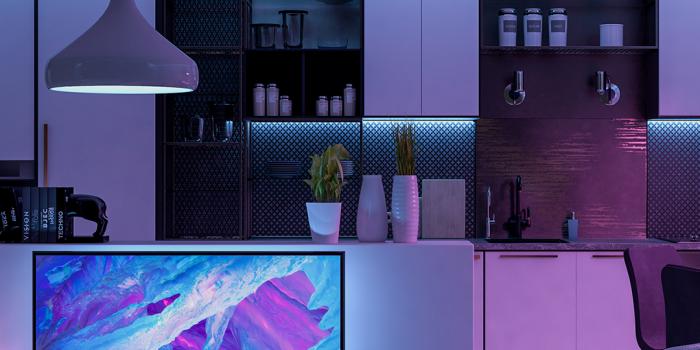
-
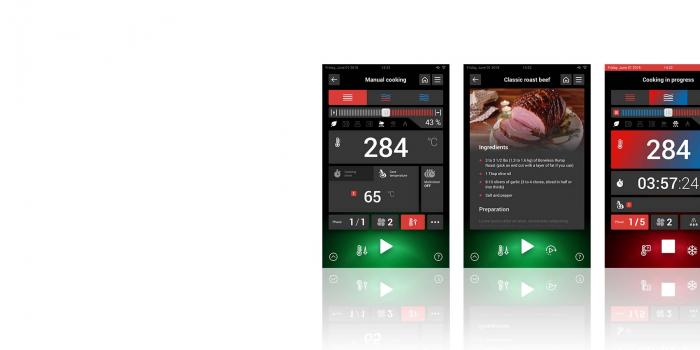
-
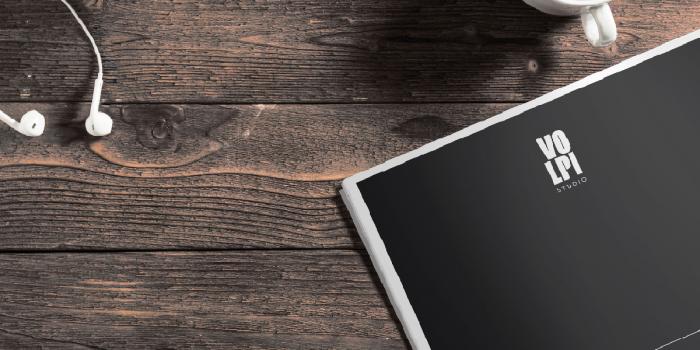
Perspectives Mar 30, 2020
KITCHEN 4.0: HOW DIGITALIZATION IS CHANGING THE RULES
Technological updating and the integration of an interconnected soul are turning modern professional kitchens into a perfect example of the 4.0 industry, where the product and its super digital powers become a tool to improve working conditions, enhance productivity, monitor the processes to achieve better results and create new business models


